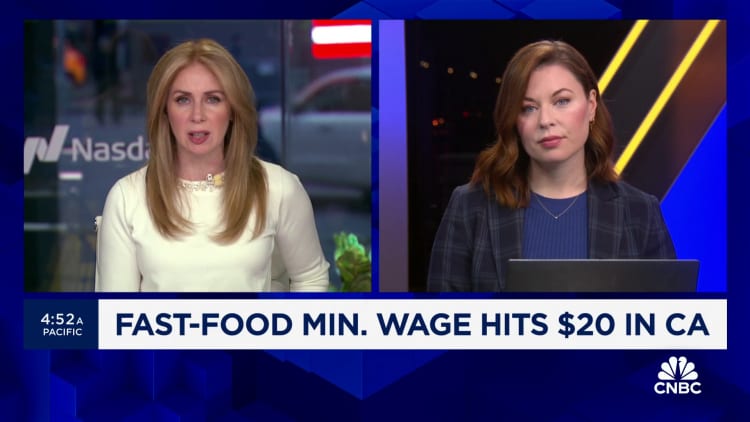
Here's why the minimum wage and some tax breaks don't budge despite inflation
CNBC
Annual 401(k) plan contribution limits and federal income tax brackets get an inflation adjustment each year. However, many common financial mechanisms like the minimum wage aren’t indexed to inflation. Others include financial thresholds tied to taxes on Social Security benefits, accredited investors and certain tax deductions. Martin Barraud | Ojo Images | Getty Images
Many Americans are likely familiar with financial thresholds that are adjusted for inflation each year.
They include contribution limits to 401(k) plans, cost-of-living adjustments for Social Security benefits and federal income tax brackets, to name a few.
These tweaks help households keep pace with the rising cost of living.
For example, without adjustments, more households would generally creep into higher tax brackets over time and the buying power of Social Security beneficiaries would fall.
But some thresholds, like the federal minimum wage, aren’t inflation-adjusted.
What is and isn’t inflation-indexed largely depends on lawmakers’ whims when they drafted respective legislation, said Bill Hoagland, senior vice president at the Bipartisan Policy Center. “It’s all over the map,” he said.
Inflation adjustments can be a “double-edged sword,” said Mark Zandi, chief economist at Moody’s Analytics.
During times of high inflation as in 2022, the lack of an adjustment “could quickly become a financial problem” for households, Zandi said.
If everything were indexed, however, it’d be more difficult “to get inflation back in the bottle when everything takes off,” he added.
Here are some common thresholds that don’t get an annual inflation adjustment.
Minimum wage
The federal minimum wage — $7.25 an hour — has remained unchanged since 2009.
That’s the longest period in history without an increase from Congress, according to the Economic Policy Institute, a left-leaning think tank.
The minimum wage has lost 29% of its value since 2009 after accounting for the rising cost of living, according to an EPI analysis. It’s worth less than at any point since February 1956, the group found.
That said, just 1.3% of all U.S. hourly workers (about 1 million people total) were paid wages at or below the federal minimum in 2022, according to the Bureau of Labor Statistics. That’s “well below” the 13.4% share in 1979, it said.
Thirty states plus the District of Columbia have adopted a higher minimum for
CNBC
The full article is available here. This article was published at CNBC Finance.
Comments are closed for this article!